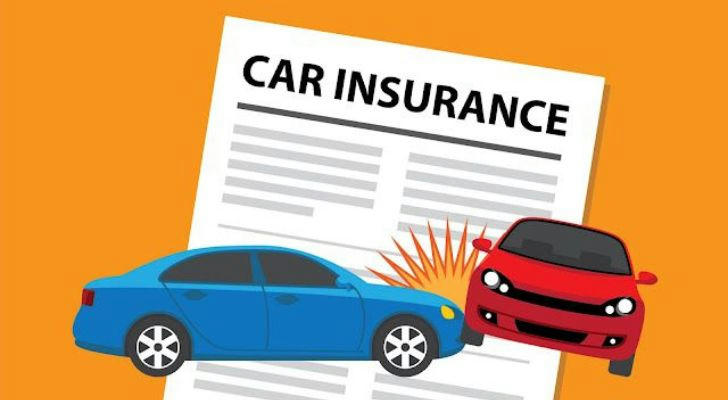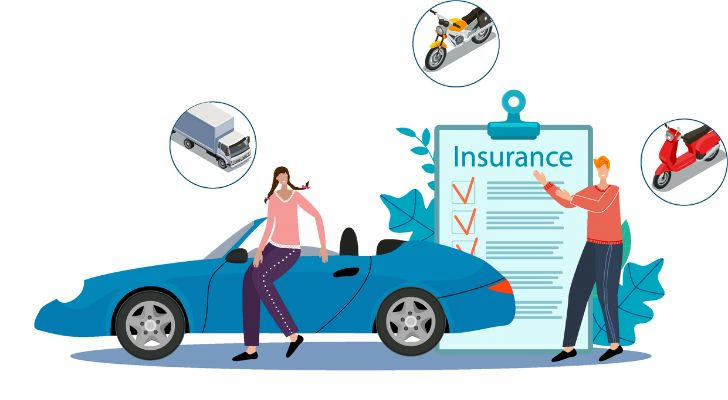a comprehensive guide to understanding us auto insurance
Car insurance is a crucial aspect of owning and operating a vehicle in the United States. Not only is it a legal requirement in most states, but it also provides financial protection against accidents, theft, and other unforeseen events. With a myriad of options available, understanding the different types of car insurance, how prices vary across states, and the discounts and offers available can help you make an informed decision. This article delves into the intricacies of American car insurance, offering valuable insights to help you navigate this essential aspect of vehicle ownership.

Types of Car Insurance
1. Liability Insurance
- What it covers: Liability insurance is mandatory in most states and covers damages to other people's property and injuries to others in an accident where you are at fault.
- Why it's important: It protects you from potentially devastating financial losses if you are found liable for an accident.
2. Collision Insurance
- What it covers: This type of insurance covers the cost of repairs to your vehicle if it is damaged in a collision, regardless of who is at fault.
- Why it's important: It ensures that your vehicle can be repaired or replaced without significant out-of-pocket expenses.
3. Comprehensive Insurance
- What it covers: Comprehensive insurance covers non-collision-related incidents such as theft, vandalism, natural disasters, and animal collisions.
- Why it's important: It provides peace of mind by covering a wide range of potential risks.
4. Personal Injury Protection (PIP)
- What it covers: PIP covers medical expenses for you and your passengers, regardless of who is at fault in an accident.
- Why it's important: It ensures that medical costs are covered promptly, reducing financial stress.
5. Uninsured/Underinsured Motorist Coverage
- What it covers: This coverage protects you if you are involved in an accident with a driver who has no insurance or insufficient insurance.
- Why it's important: It safeguards you against the financial burden of accidents caused by uninsured or underinsured drivers.
Comparison of Car Insurance in Different States
Car insurance requirements and costs can vary significantly from state to state. Here are some key differences:
1. Minimum Coverage Requirements
- California: Requires liability insurance with minimum limits of 15/30/5 (in thousands of dollars for bodily injury per person, bodily injury per accident, and property damage, respectively).
- Florida: Requires Personal Injury Protection (PIP) and Property Damage Liability (PDL).
- Texas: Requires liability insurance with minimum limits of 30/60/25.
2. No-Fault States
- No-fault states like Michigan and New York require drivers to carry PIP coverage, which pays for medical expenses regardless of who is at fault in an accident.
3. Average Premiums
- Michigan: Known for having the highest average car insurance premiums due to its no-fault system and high medical costs.
- Maine: Typically has some of the lowest average premiums due to its low population density and fewer accidents.
Car Insurance Prices
Several factors influence car insurance prices, including:
1. Driving Record
- A clean driving record can significantly lower your premiums, while accidents and traffic violations can increase them.
2. Age and Gender
- Younger drivers, especially males, often face higher premiums due to their higher risk of accidents.
3. Location
- Urban areas with higher traffic density and crime rates typically have higher premiums compared to rural areas.
4. Vehicle Type
- Luxury and high-performance vehicles usually cost more to insure due to their higher repair costs and theft rates.
5. Credit Score
- In many states, insurers use credit scores to determine premiums, with higher scores often resulting in lower rates.

Car Insurance Discounts and Offers
Insurance companies offer various discounts to help you save on premiums. Here are some common ones:
1. Safe Driver Discount
- Rewards drivers with a clean driving record and no accidents or traffic violations.
2. Multi-Policy Discount
- Offered when you bundle car insurance with other types of insurance, such as home or renters insurance.
3. Good Student Discount
- Available to students who maintain a high GPA, typically a B average or higher.
4. Low Mileage Discount
- For drivers who do not drive frequently, reducing their risk of accidents.
5. Anti-Theft Device Discount
- Vehicles equipped with anti-theft devices may qualify for lower premiums.
6. Pay-in-Full Discount
- Some insurers offer discounts if you pay your annual premium
Conclusion
Car insurance is essential for financial protection and legal compliance. It covers damages, injuries, and liabilities arising from accidents, ensuring you’re not burdened with high costs. Policies include liability, collision, comprehensive, and uninsured motorist coverage, tailored to individual needs. Regular review of your policy summary helps maintain adequate coverage and avoid gaps. Discounts, such as safe driver or multi-policy, can reduce premiums. Always report accidents promptly and understand exclusions to maximize benefits. Car insurance provides peace of mind, safeguarding both your vehicle and financial well-being in unexpected situations. Choose wisely and stay protected.
